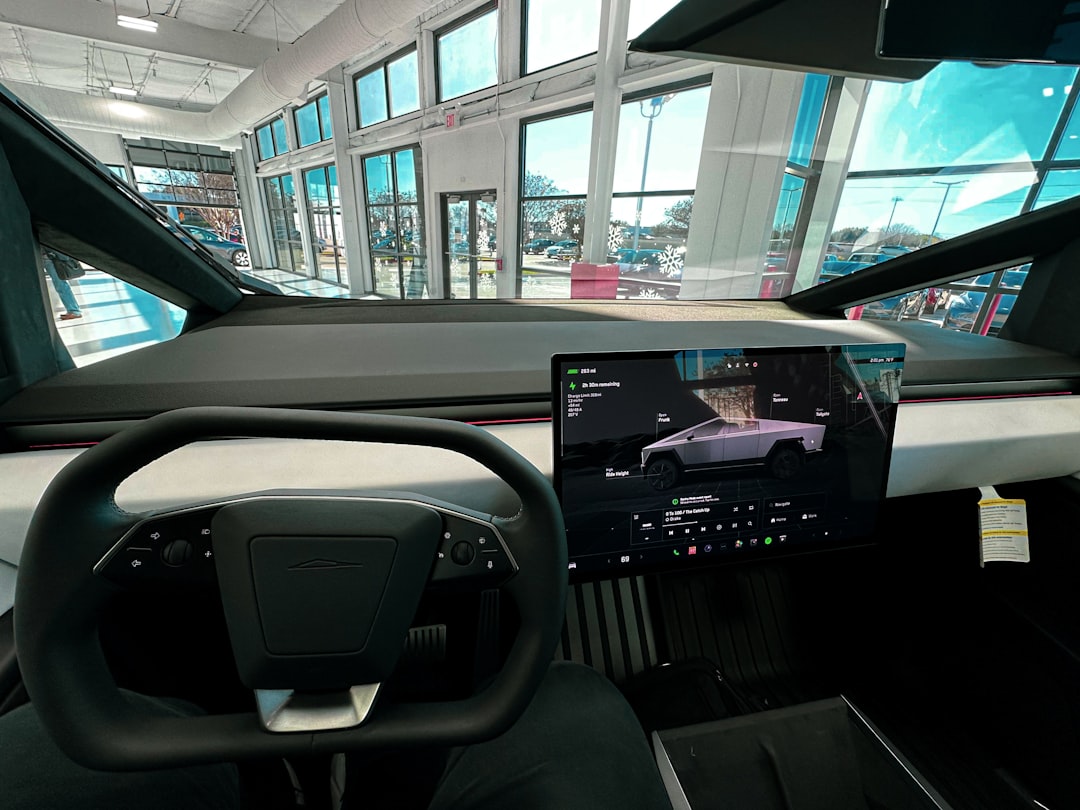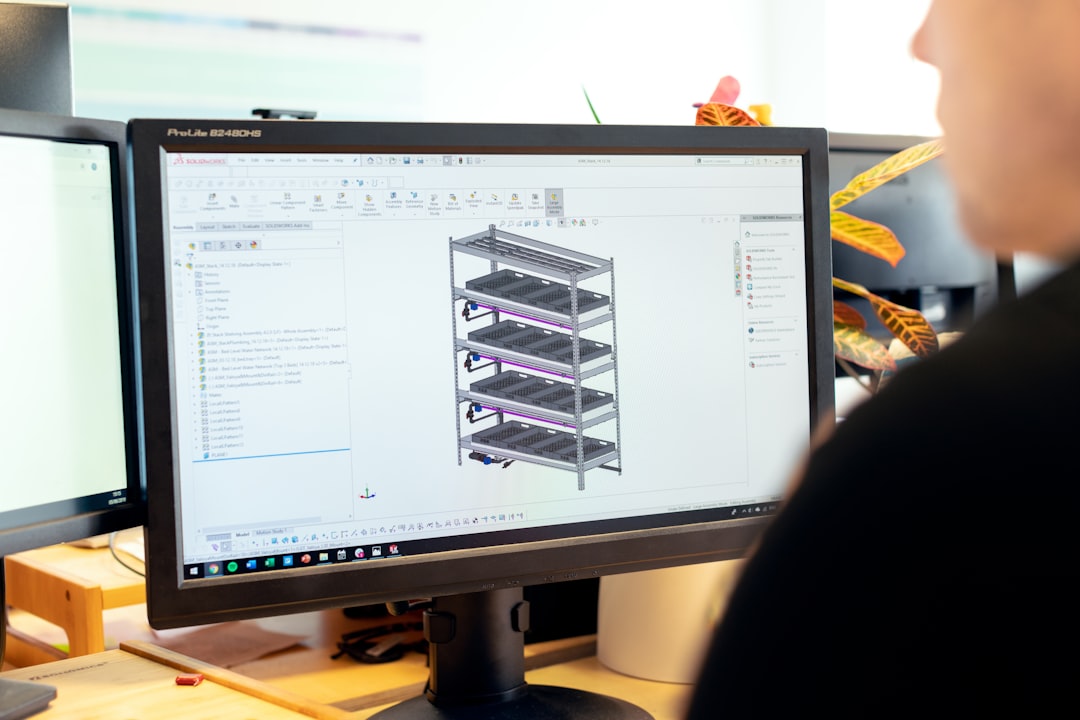In today’s data-driven landscape, computer vision is playing a central role across a variety of industries—from autonomous vehicles to medical imaging and retail analytics. At the core of most computer vision projects is a substantial volume of annotated data, which needs to be accurate, structured, and scalable. Two of the most prominent platforms that provide tools and services for data annotation are SuperAnnotate and Scale AI. Both are designed to streamline the creation of high-quality training data for AI models, but they differ significantly in their focus, capabilities, and approach.
This article provides a detailed comparison of SuperAnnotate and Scale AI, examining their features, usability, scalability, and pricing to help you determine which is better suited for your computer vision projects.
Overview of SuperAnnotate
SuperAnnotate is a computer vision platform focused on delivering efficient, collaborative workflows for image and video annotation. Founded with the goal of accelerating AI development, SuperAnnotate provides a suite of annotation tools, robust project management features, and integrations with machine learning pipelines.
Key features include:
- Advanced annotation tools for bounding boxes, polygons, semantic segmentation, and key points.
- Collaborative environment with task management and quality assurance workflows.
- Automation options through pre-labeling and model-assisted annotation.
- Security and compliance for enterprise-scale deployments.
Overview of Scale AI
Scale AI began as a data labeling platform aimed at AI teams in the autonomous vehicle industry, but it has since expanded to serve a wide range of use cases including natural language processing (NLP), sensor fusion, and 3D point cloud annotations. Scale AI is known for providing white-glove data labeling solutions involving human-in-the-loop processes and specialized annotation teams.
Its key strengths include:
- Bespoke solutions tailored to specific industry workflows like defense, robotics, and geospatial services.
- High accuracy and quality assurance mechanisms involving multiple reviewers per annotation.
- Support for 3D data, including LiDAR, radar, and multi-sensor fusion.
- Scalability to enterprise-level datasets with fully managed services.

Annotation Tools and User Experience
The right annotation tools can significantly influence the productivity of annotation teams and the overall turnaround time of your project. Here’s how SuperAnnotate and Scale AI compare:
SuperAnnotate
SuperAnnotate shines when it comes to user experience. It offers an intuitive UI with drag-and-drop capabilities and a collaborative dashboard where teams can assign tasks, review outputs, and provide feedback. SuperAnnotate also allows organizations to bring their own annotators or use SuperAnnotate’s expert workforce.
A key feature is the integrated ML-assisted annotation toolset—enabling pre-annotation using predictive models. This reduces manual effort and helps teams focus on edge-cases and problematic samples.
Scale AI
Scale AI’s user interface is less directed at “do-it-yourself” teams and more tailored for receiving completed labels from Scale’s workforce. It operates more like a managed service, where users specify requirements and Scale handles the rest. This approach may reduce flexibility but increases scalability and consistency for larger datasets.
For companies with specific needs—such as autonomous vehicle training data or geospatial mapping—Scale’s proprietary 3D annotation platforms provide top-of-the-line capabilities, albeit at a steep price and with less control over the labeling process.
Workflow Automation and Quality Control
SuperAnnotate
Workflow automation is a cornerstone of the SuperAnnotate platform. The platform integrates with existing ML pipelines, enabling automated model training, predictions, and label refinements throughout the annotation process. There is also a robust QA and review workflow—allowing teams to catch errors quickly before they affect downstream ML performance.
Scale AI
Scale AI is focused on minimizing user involvement in the annotation process. While this white-glove approach offers convenience and consistency, it comes with trade-offs in flexibility. The quality control mechanisms at Scale involve multiple rounds of human reviews and automated inspections, ensuring high-precision output.
This makes Scale ideal for mission-critical applications where accuracy is more important than speed or cost—such as defense, automated driving, or medical AI.
Supported Data Types
Both platforms offer robust support for various data types, though Scale AI’s reach is somewhat broader.
- SuperAnnotate: Image, video, and document annotations. Limited 3D support (currently in early adoption).
- Scale AI: 2D imagery, 3D LiDAR, sensor fusion, telematics, audio, satellite imagery, and more.
This makes Scale AI particularly suitable for industries like autonomous vehicles, which rely heavily on sensor data, while SuperAnnotate remains a top choice for traditional image and video annotation projects.

Pricing and Cost Efficiency
SuperAnnotate offers a transparent pricing model that allows usage-based billing, making it easy for smaller teams or startups to adopt the tool. By allowing you to use your own workforce or freelancers, SuperAnnotate can help you control costs while maintaining flexible workflows.
Scale AI does not advertise its pricing publicly as it usually operates on a custom-quote basis. It can be expensive, especially for complex annotation tasks involving 3D data or rigorous QA requirements. Scale is best suited for organizations with large budgets that prioritize speed and accuracy over cost savings.
Integration and Ecosystem
SuperAnnotate:
- RESTful APIs for automation
- Integration with cloud storage providers (AWS, GCP, Azure)
- Git-based versioning
- Support for model training loop integrations
Scale AI:
- Enterprise-grade APIs
- Integration with common data lakes and storage solutions
- Limited user-driven customization (as Scale delivers the labeled data)
If your project depends heavily on iterative development and frequent model retraining, SuperAnnotate’s more open ecosystem might be a better fit.
Which One Should You Choose?
The answer to whether SuperAnnotate or Scale AI is the better choice depends largely on your project needs, team size, budget, and desired level of control.
Choose SuperAnnotate if:
- You need a collaborative platform for internal or outsourced annotation teams
- You want to integrate annotations into an active ML pipeline
- You’re focused on image and video data, especially for computer vision applications
- You want cost-effective solutions with scalability
Choose Scale AI if:
- You require large-scale, high-accuracy data annotation with minimal internal team effort
- You are dealing with 3D data and high-stakes applications like autonomous vehicles or defense
- You need curation and pre-processing services in addition to labeling
- You have the budget to support a white-glove, fully managed annotation service

Conclusion
Both SuperAnnotate and Scale AI are robust platforms that have made significant contributions to the advancement of artificial intelligence. Choosing between them is not about which is absolutely better, but about which is better for your needs. SuperAnnotate is ideal for teams that value fine control, collaboration, and affordability, whereas Scale AI offers top-tier solutions for those requiring accuracy, speed, and scalability at an enterprise level.
A comprehensive understanding of your project’s scope, complexity, and resources will guide your choice. In many cases, organizations leverage a combination of tools based on changing requirements—so keeping both options in view is often the most strategic decision.